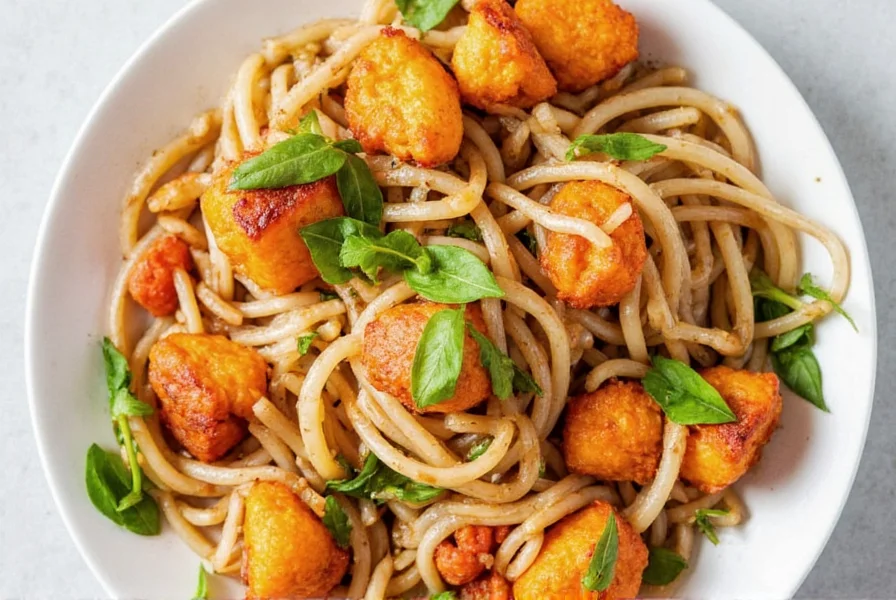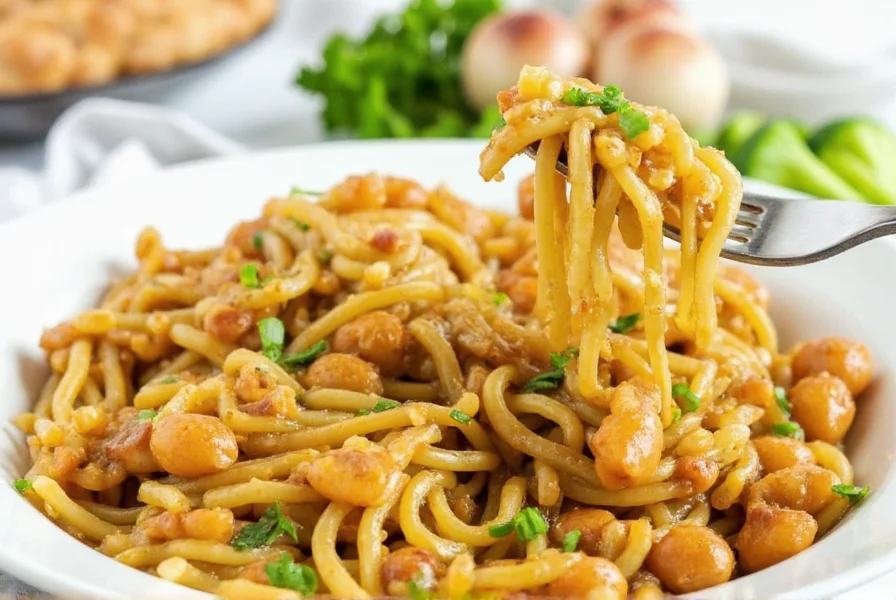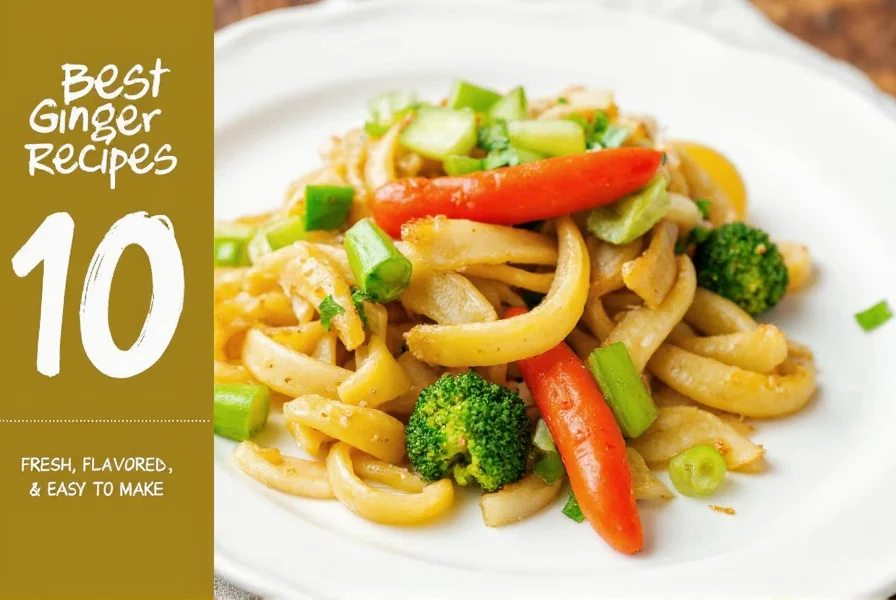When you search for ginger recipes, you're looking for more than just a list of ingredients—you want reliable, flavorful dishes that showcase ginger's unique zing. Whether you're a beginner cook or an experienced chef, these carefully selected recipes demonstrate how fresh ginger transforms ordinary meals into extraordinary culinary experiences.
Why Ginger Belongs in Your Kitchen
Ginger isn't just a spice—it's a flavor powerhouse with over 400 distinct compounds contributing to its complex taste profile. Fresh ginger root contains gingerol, the compound responsible for both its pungent flavor and numerous health benefits. Unlike powdered ginger, fresh ginger provides a brighter, more complex flavor that works beautifully in both savory and sweet applications.
Professional chefs consistently rank fresh ginger among their top five essential ingredients for good reason. It adds depth to Asian cuisine, warmth to baked goods, and complexity to beverages. The key to maximizing ginger's potential lies in understanding how to prepare and use it properly across different cooking methods.

Understanding Ginger Forms and Their Best Uses
Not all ginger is created equal. Each form serves different culinary purposes:
| Ginger Form | Best For | Substitution Ratio |
|---|---|---|
| Fresh ginger root | Savory dishes, stir-fries, marinades | 1 inch = 1 tablespoon grated |
| Ground ginger | Baking, spice blends | 1/4 teaspoon = 1 inch fresh |
| Candied ginger | Desserts, trail mix, tea | 1 tablespoon = 1 inch fresh |
| Ginger paste | Curries, sauces, quick recipes | 1 teaspoon = 1 inch fresh |
Top Ginger Recipes for Every Occasion
1. Classic Ginger Chicken Stir-Fry (30 minutes)
This authentic ginger chicken stir-fry recipe delivers restaurant-quality results at home. The secret lies in the ginger-garlic sauce that caramelizes perfectly during high-heat cooking.
Ingredients:
- 1.5 lbs chicken breast, thinly sliced
- 3 tablespoons fresh ginger, finely minced
- 4 garlic cloves, minced
- 3 tablespoons soy sauce
- 2 tablespoons honey
- 1 tablespoon rice vinegar
- 1 red bell pepper, sliced
- 2 cups broccoli florets
- 2 tablespoons vegetable oil
Instructions:
- Whisk together soy sauce, honey, rice vinegar, and half the ginger
- Marinate chicken for 15 minutes
- Heat oil in wok over high heat until smoking
- Add chicken in single layer; cook 2 minutes per side
- Add remaining ginger and garlic; stir-fry 30 seconds until fragrant
- Add vegetables; cook 3-4 minutes until crisp-tender
- Pour sauce over ingredients; cook 1-2 minutes until glossy
- Serve immediately over jasmine rice
2. Soothing Fresh Ginger Tea (10 minutes)
The best ginger tea recipe for colds combines ginger's natural anti-inflammatory properties with complementary ingredients for maximum benefit.
Pro tip: Use a microplane to grate ginger directly into your tea—this releases more flavor compounds than sliced ginger.
3. Ginger Molasses Cookies (45 minutes)
These chewy homemade gingerbread cookie recipes feature the perfect balance of spices. The addition of freshly grated ginger (not just ground) creates a more complex flavor profile that sets them apart from ordinary ginger snaps.

Essential Ginger Preparation Techniques
Master these professional techniques to maximize ginger's flavor in your easy ginger recipes for beginners:
- Peeling hack: Use the edge of a spoon to remove ginger skin—this preserves more of the flavorful flesh compared to using a vegetable peeler
- Storage secret: Freeze whole ginger root; grate it frozen when needed (no thawing required)
- Flavor control: Add ginger early in cooking for milder flavor, late for more pronounced zing
- Preserving potency: Never boil ginger for more than 5 minutes if you want to maintain maximum gingerol content
Avoiding Common Ginger Recipe Mistakes
Even experienced cooks make these errors with healthy ginger stir fry recipes:
- Overcooking ginger: High heat destroys delicate flavor compounds—add minced ginger during the last 2 minutes of cooking for maximum impact
- Using old ginger: Fresh ginger should be firm with smooth skin; wrinkled ginger indicates age and diminished flavor
- Incorrect substitution: Ground ginger lacks the bright, citrusy notes of fresh—use 1/4 teaspoon ground for every inch of fresh ginger only when necessary
- Improper storage: Refrigerate ginger in an airtight container with a paper towel to absorb moisture (lasts 3-4 weeks)
Seasonal Ginger Recipe Recommendations
Align your ginger recipes for winter with seasonal ingredients:
- Spring: Ginger asparagus soup with lemon zest
- Summer: Ginger-mint infused watermelon salad
- Fall: Roasted pumpkin with ginger and sage
- Winter: Spiced ginger hot chocolate with dark chocolate
Conclusion: Elevate Your Cooking with Ginger
These authentic ginger recipes demonstrate why professional chefs consider ginger indispensable. By understanding how to properly select, prepare, and incorporate ginger into your cooking, you'll add depth and complexity to dishes that transforms simple ingredients into memorable meals. Start with one recipe this week and experience how fresh ginger elevates your culinary creations.
Frequently Asked Questions
What's the best way to store fresh ginger for long-term use?
Place unpeeled ginger in an airtight container with a paper towel to absorb moisture, then refrigerate for up to 4 weeks. For longer storage, freeze whole ginger root and grate it directly from frozen when needed—this preserves flavor compounds better than refrigeration.
Can I substitute ground ginger for fresh in recipes?
Yes, but with important caveats: use 1/4 teaspoon ground ginger for every inch of fresh ginger. Note that ground ginger lacks the bright, citrusy notes of fresh and works best in baked goods rather than savory dishes where fresh ginger's complexity shines.
How do I prevent ginger from burning when stir-frying?
Add minced ginger during the last 1-2 minutes of cooking over medium heat. High heat destroys ginger's delicate flavor compounds quickly. For stir-fries, add ginger after aromatics like garlic have become fragrant but before vegetables, giving it just enough time to infuse the oil without burning.
Why does my ginger tea taste bitter?
Bitterness occurs when ginger is boiled for too long. For optimal flavor, simmer fresh ginger slices for no more than 5 minutes. Extended boiling converts gingerol to shogaol, which has a more pungent, bitter taste. For milder tea, steep grated ginger in hot (not boiling) water for 10 minutes.
How can I reduce the strong taste of ginger in a dish?
Balance intense ginger flavor by adding acid (lemon juice or vinegar), sweetness (honey or sugar), or dairy (coconut milk or yogurt). For soups and stews, adding a peeled potato can absorb some of the strong flavors. Remember that ginger's potency mellows as it cooks, so sometimes simply cooking the dish longer will reduce the intensity.











 浙公网安备
33010002000092号
浙公网安备
33010002000092号 浙B2-20120091-4
浙B2-20120091-4